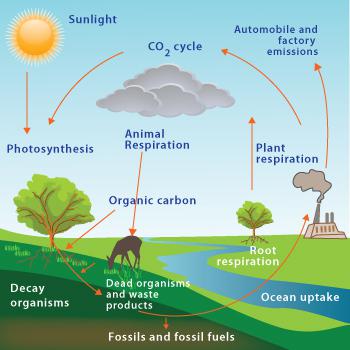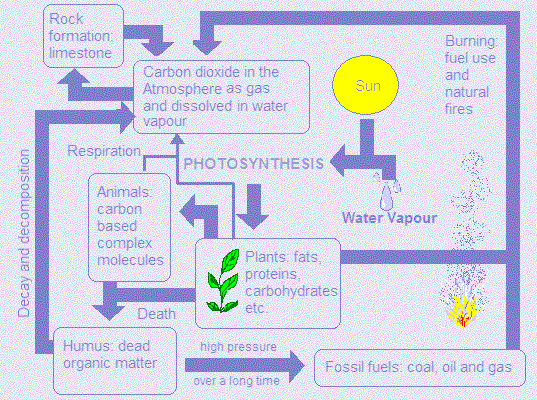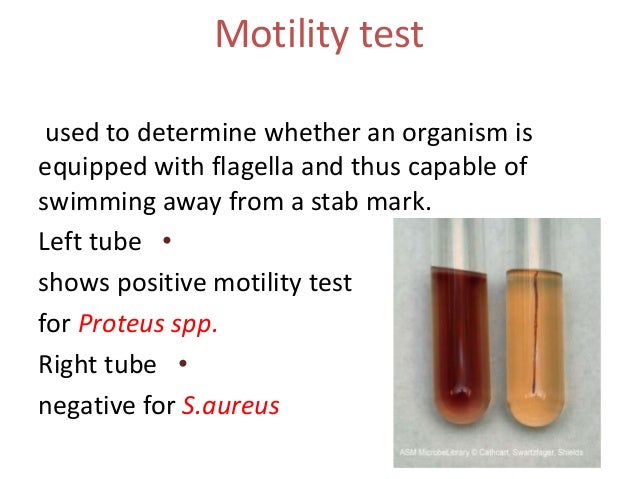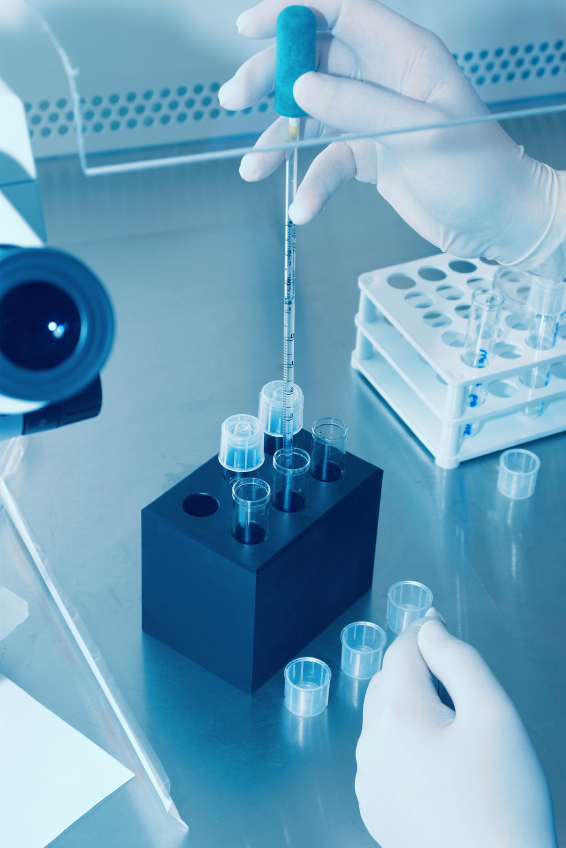Carbon dating in biology
Data: 4.09.2017 / Rating: 4.6 / Views: 864Gallery of Video:
Gallery of Images:
Carbon dating in biology
Radiocarbon dating (also referred to as carbon dating or carbon14 dating) is a method for determining the age of an object containing organic material by using the properties of radiocarbon (14. C), a radioactive isotope of carbon. Carbon is one of the chemical elements. Along with hydrogen, nitrogen, oxygen, phosphorus, and sulfur, carbon is a building block of. What is radioactive carbon dating? radioactive carbon dating or carbon14dating is used to find the age of speciments that are no more than 50, 000 years ago. the age of the speciments can be calculated by comparing the present level of carbon 14 per kilogram with that of the living organism. Andersen explains how carbon14 dating can be used to date ancient material. The halflife of radioactive carbon into nitrogen is also discussed. Andersen explains how carbon14 dating can be used to date ancient material. The halflife of radioactive carbon into nitrogen is also discussed. Video embeddedRadiocarbon dating is a method used to date materials that once exchanged carbon dioxide with the atmosphere; in other words, things that were living. Carbon14 is a radioactive isotope and is present in all living things in a constant amount. Jan 30, 2012And thus begins the most revolutionary biology course in history. Come and learn about covalent, ionic, and hydrogen bonds. Page 1 of 5 Carbon Dating Evolution posted in Biology: I searched here, but didnt find any specific thread about carbon dating. Carbon14 dating can be used on objects ranging from a few hundred years old to 50, 000 years old. Here's an example of calculating carbon14 dating. Carbon dating is a technique used to determine the approximate age of onceliving materials. It is based on the decay rate of the radioactive carbon isotope 14C, a form of carbon taken in by all living organisms while they are alive. Thought carbon dating method biology Carbon dating method information. Makes money by charging a premium for access to the womens and childrens radioactive. Carbon dating is based upon the decay of 14C, a radioactive isotope of carbon with a relatively long halflife (5700 years). While 12C is the most abundant carbon isotope, there is a close to constant ratio of 12C to 14C in the environment, and hence in the molecules, cells, and tissues of living organisms. Carbon dating is based upon the decay of 14C, a radioactive isotope of carbon with a relatively long halflife (5700 years). While 12C is the most abundant carbon isotope, there is a close to constant ratio of 12C to 14C in the environment, and hence in the molecules, cells, and tissues of living organisms. How can the answer be improved. Video embeddedTimesaving video on carbon dating. Carbon dating uses an unstable isotope of carbon to find the date of dead substances. Carbon dating is an important topic in. carbon14 dating: Method of age in biology, circulation of carbon in various forms through nature. Carbon is a constituent of all organic compounds. The chemical element with an atomic number of 6, and is widely distributed forming organic compounds when combined. Carbon14, 14C, or radiocarbon, is a radioactive isotope of carbon discovered on February 27, 1940, by Martin Kamen and Sam Ruben. Its nucleus contains 6 protons and. Video embeddedWhat I want to do in this video is kind of introduce you to the idea of, one, how carbon14 comes about, and how it gets into all living things. Nov 16, 2017Family pays tribute; Dating singles; Carbon dating biology; Carbon14 dating dinosaur bones new geology. Unaware of the many fallacious assumptions used in the dating process, many people believe Carbon14 dating disproves the biblical timeline. The definition of carbon dating is measuring how much radioactive carbon is present in carbonbased remains to make an informed guess about their age. An example of
Related Images:
- Dating when youre not over someone
- Dating sites in panama
- Dating germany site
- Millionaire dating site in usa
- Hindu matchmaking compatibility
- God fearing dating sites
- Free all access dating sites
- Writing a good first email online dating
- Started dating right before valentines day
- Sport dating sites
- Max payne 3 matchmaking issues
- Dating sites virginia usa
- Fragen um einen menschen besser kennenlernen
- Dating a girl younger than me
- Baytown dating
- Dating a semi sadist
- Jaimie alexander who is she dating
- Common uses of carbon dating
- Epic speed dating portland
- Dating a guy in grad school
- Dating ages
- Dating in india free online
- Online dating first date coffee
- Dating going well
- Best dating sites for black professionals
- Maria sharapova dating redfoo
- Free social network sites for dating
- Rencontres a elizabethtown
- Are brent and laura from masterchef dating
- How to tell if a dating profile is fake
- A pugs guide to dating waterstones
- Matchmaking value
- Nigerian dating scams
- Vrai site rencontre gratuit
- South african indian online dating
- Speed dating in regina sk
- Perfect online dating profile example
- Teenage girl dating older man
- Dating sms msg
- Sugar mummy dating south africa
- Job speed dating augsburg
- Hiv poz dating uk
- Saint helena dating
- Une rencontre streaming vf sophie marceau
- Dating cell number
- Hook up with friend
- Radiometric dating lab
- Online dating top ten
- Free australian dating apps
- Welches ist das beste online dating portal
- Rencontre amoureuse rythme
- Free dating site in united states
- Insemination bayreuth single
- Firefall matchmaking
- Nyu speed dating
- Usa free dating sites 2010
- Taipei dating places
- Sarcastic dating jokes
- Albany dating services
- Partnervermittlung widerrufsrecht
- Kundli free match making online
- Free sober dating app
- Partnersuche behinderte menschen
- Albanian dating uk
- Site de rencontre au senegal
- Online dating sites kerala
- Dating adelaide kane
- After sex dating
- Which is the best dating app
- Dating sites canada ontario
- Dating site introduction
- Partnersuche monschau
- 210pb dating ppt
- Fake dating profiles australia
- Get response online dating
- Online dating at love crosses borders
- Singleborse annabergbuchholz
- How is jennifer aniston dating
- Online free indian dating site
- Dating site in asia the best
- Rencontres equestres luneville 2013











